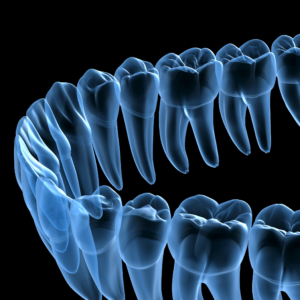
Zeroing in on Xerostomia
Saliva plays many roles in the oral cavity. Composed of 99.5% water, this biofluid is endowed with elements such as electrolytes, mucus, proteins and enzymes. Together, they help to maintain oral hygiene through continuous bathing of the mouth in antimicrobial, optimally pH-balanced fluid, countering acidic conditions favored by cariogenic bacteria. Read More

Gingival Recession: An Equal Opportunity Condition
Gingival recession affects many of us as we grow older, but it can become a problem at any age. In fact, according to one study, while 88% of adults age 65 and older experience gingival recession, 50% of adults between the ages of 18 and 64 develop it in multiple… Read More

Provisional Dental Restorations: Temporary Excellence
When a patient needs a crown, a provisional (or temporary) restoration is usually in the cards — unless the office is equipped with a computer-aided design and computer-aided manufacturing (CAD/CAM) setup that can deliver same-day service. But plenty of practices have yet to make this particular digital leap. In such… Read More
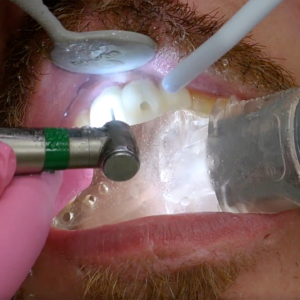
Implant Placement: A Quick Scan of the Basics
Dental implants are becoming an increasingly popular choice for those outliving their teeth. In fact, the global dental implant market, valued at $3.77 billion in 2016, is expected to increase at a compound annual growth rate of 7.7% into 2024.1 When a tooth can’t be saved via root canal treatment,… Read More

Importance of Isolation
Adequate control over the operating field is imperative for the success of restorative procedures. The isolation system chosen by the dentist should sequester a section of the mouth from moisture, such as saliva and blood, as well as to provide clear visibility and access to the area away from sensitive tissues,… Read More
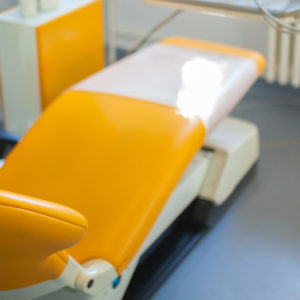
Dental Patient Chairs: New Designs Please Patients and Extend Careers
The dental patient chairs of today are a far cry from those of earlier eras. From straight-backed models that conjure images of capital punishment to fringy Victorian numbers that must have been a nightmare to clean, pre-mid-20th century chairs were geared for standup dentistry. With the advent of four-handed —… Read More
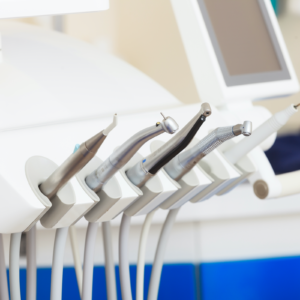
The Spin on Low-Speed Rotary Handpieces
Not many instruments can send shivers down a patient’s spine in quite the same way that a dental drill does. But without these rotary handpieces, dentists would be up a creek, without, well, a drill. Low-speed handpieces are typically the go-to instrument for dental office standards such as cavity preparation,… Read More

Paint on Protection: How Fluoride Varnish Benefits Both Kids and Adults
As an additive to numerous community water sources, fluoride has worked its magic to prevent caries and improve oral health for more than 75 years. In fact, the US Centers for Disease Control and Prevention (CDC) lists water fluoridation as one of the 10 great public health achievements in the… Read More

Maximizing Esthetics with Cutting-Edge Restorative Materials
Typically, dental esthetics are measured by the look of the front teeth. A recent report projects that growth in esthetic dentistry in the United States will approach $30 billion by the year 2024, due, in part, to an aging generation of baby boomers.1 There are a number of ways to… Read More
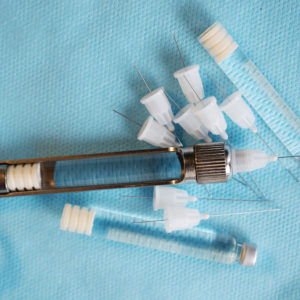
Development in Local Oral Anesthesia
Pain control is probably the number one concern of patients dropping into a dental chair. But the irony is that the very thing that helps eliminate pain, also inflicts it momentarily. And patients may be more fearful of that local injection than they are of any actual dental pain. But… Read More
 (800) 560-6066
(800) 560-6066